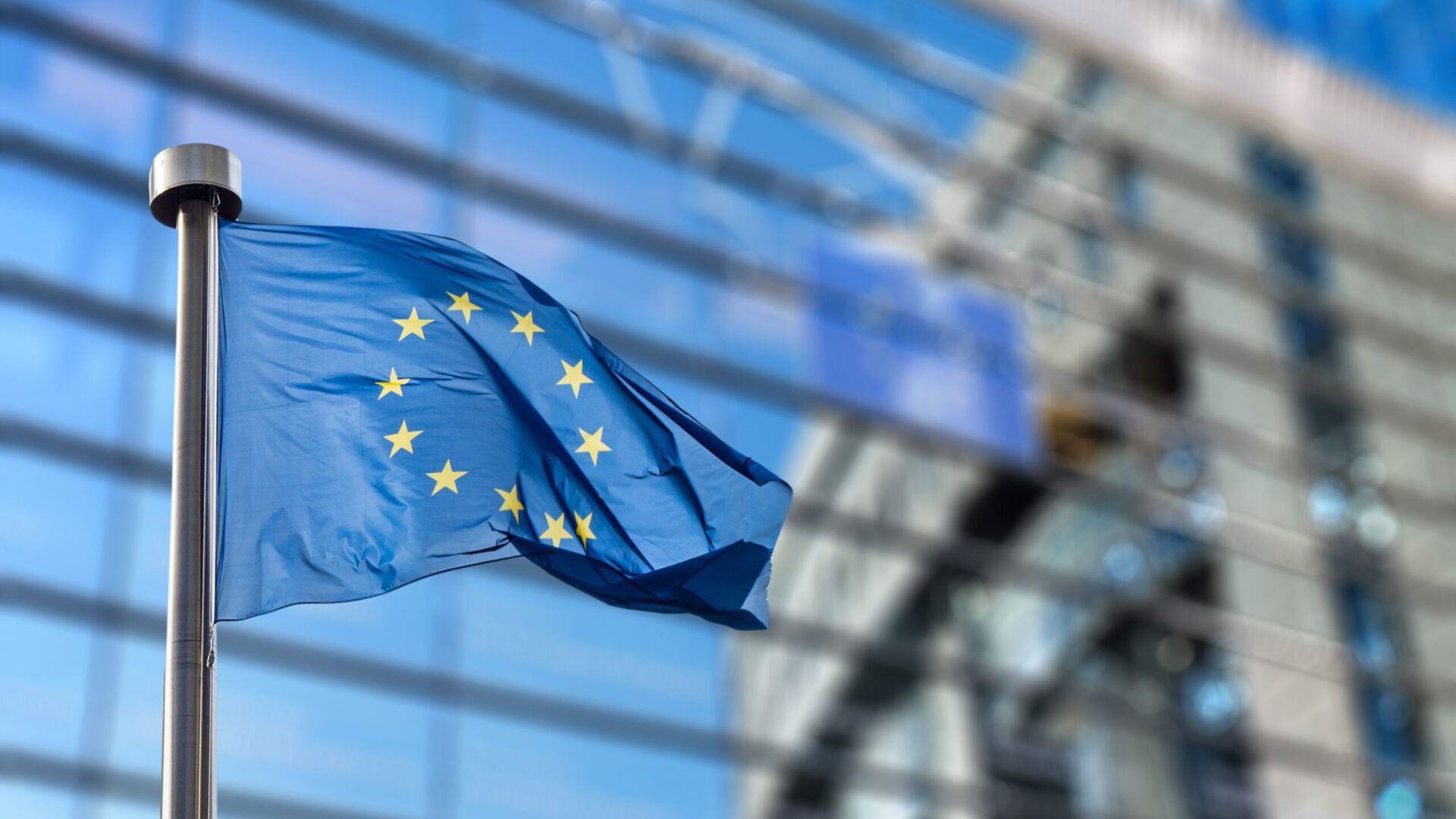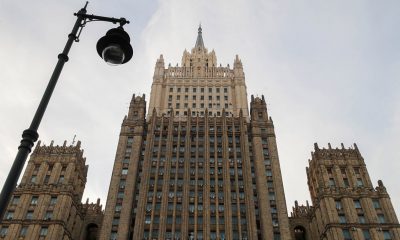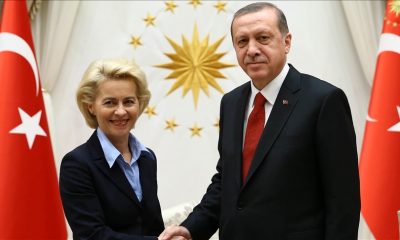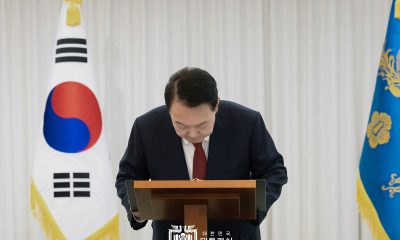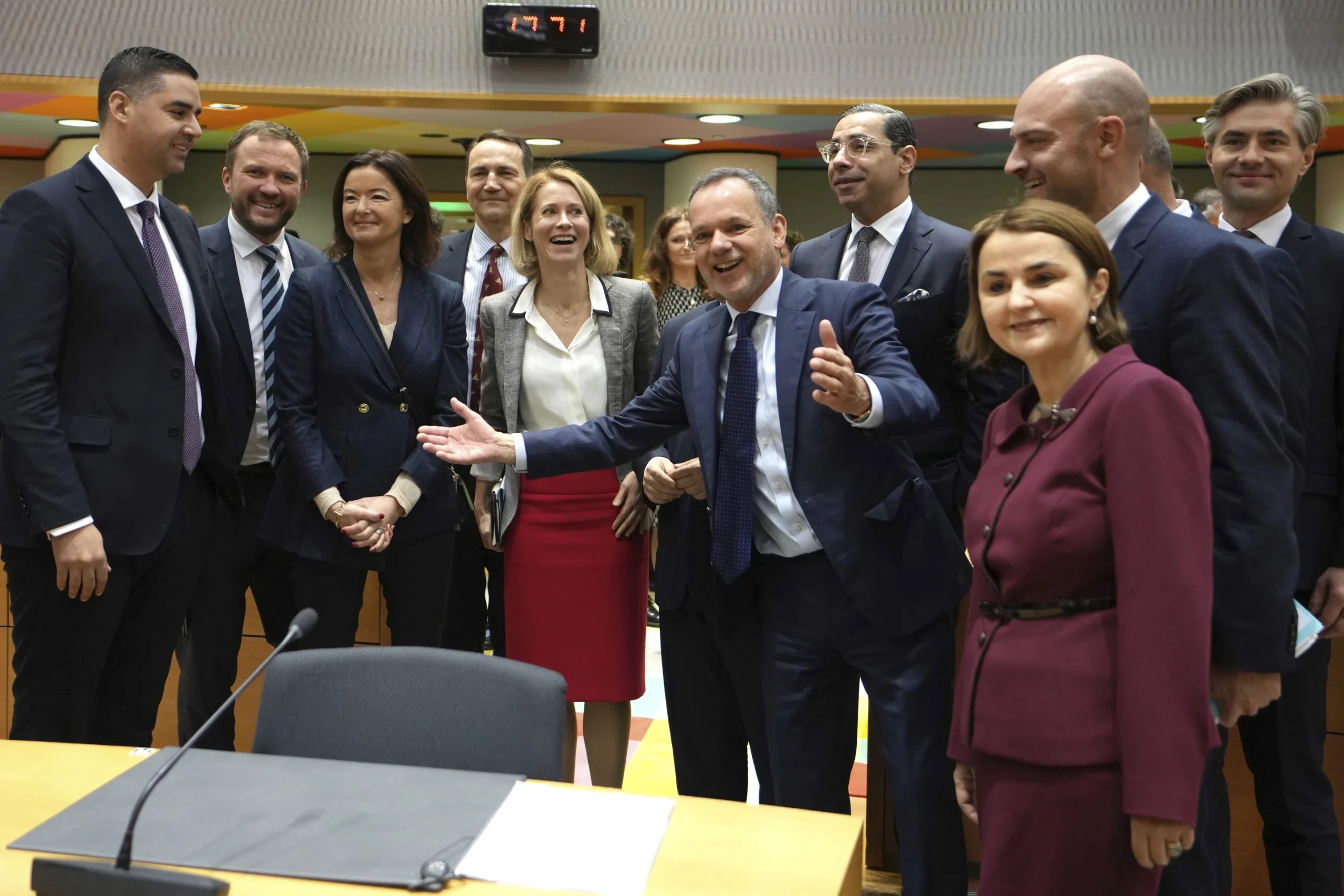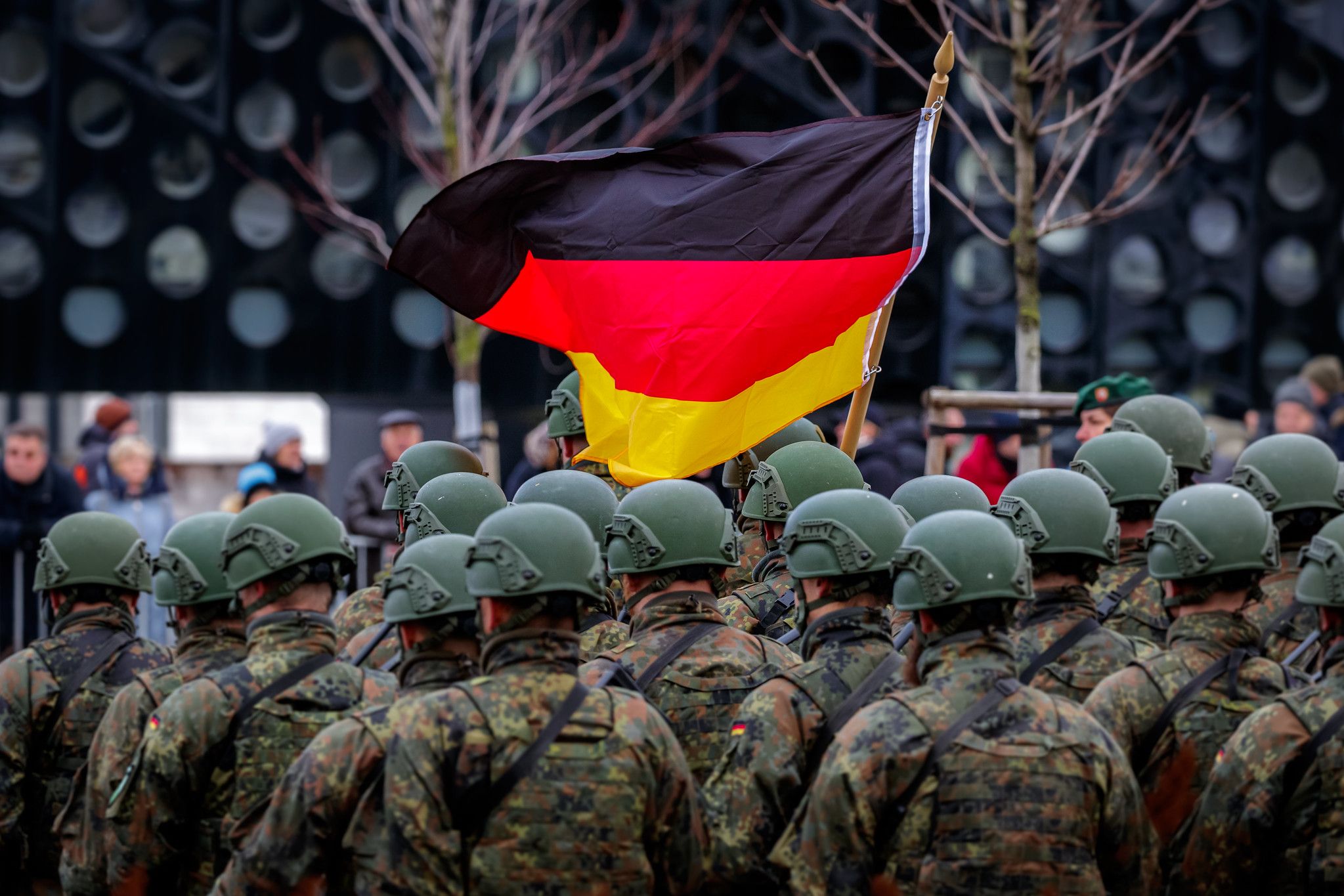In parallel with NATO Secretary General Mark Rutte’s call for NATO countries in Europe to develop a ‘war mentality’, the German government has drawn up a comprehensive plan for ‘defense cooperation’.
At an event last week organized by NATO’s public relations department, which aims to use intermediaries, including journalists, to spread the military alliance’s ‘message’, Rutte declared that even today we are no longer ‘living in peace’.
Claiming that the European defense industry had been ‘gutted’ by ‘decades of underinvestment’ and petty national interests, Rutte called for a ‘transition to a war mentality’.
‘National Security and Defence Industry Strategy’ in Berlin
The German government has long pursued the large-scale arms build-up called for by Rutte, and earlier this month adopted a National Security and Defence Industry Strategy document to underpin it.
The document states that Germany must ‘become defense-oriented as quickly as possible’. To this end, the ‘rapidly growing demand for military goods, services and innovations’ must be met as quickly as possible.
To this end, the German government has presented a new strategy drawn up in cooperation with the German defense industry, and Berlin is relying on close defense industry cooperation in Europe. In this context, it is stated that ‘only in cooperation with our European partners’ can the desired capacities be built.
‘National defence interests’ as a condition for German-European cooperation
It is emphasized, however, that this cooperation can only take place ‘in appropriate cases’ and with ‘equal participation’ of German companies.
This is because ‘in order to maintain and strengthen the strategic sovereignty and mobility of the Federal Republic of Germany’, ‘certain core capabilities and capacities of the security and defense industry … must be maintained at national level’.
It also aims to secure Germany’s leading position in the EU defense industry.
Farewell to civil R&D
In concrete terms, the German government proposes a number of measures.
For example, a “closer […] dovetailing of civilian and security- and defense-related research and development” is to be examined”.
This will also require an ‘open discussion on civil regulations’, which has been taking place at some universities for some time.
In addition, the current requirements for the construction and operation of arsenals are to be reduced, while the Kreditanstalt für Wiederaufbau (KfW) and the European Investment Bank are to be used more for arms financing.
Berlin is also seeking measures to ‘diversify and make more flexible supply chains’ in order to become virtually independent of ‘hostile states’, especially China.
This is likely to further increase the price of defense products. The Wall Street Journal (WSJ) recently reported that efforts by some new entrants in the U.S. defense industry to eliminate Chinese raw materials and components have shown that it is possible, but expensive: Expenditures were said to have increased ‘in some cases by six to 10 times’.
A global role for the Bundeswehr
The fact that the National Security and Defence Industrial Strategy explicitly states that ‘military capabilities, equipment and hardware’ for the Bundeswehr must be ‘deployable and operational in all situations, sizes, geo-strategic areas and climatic conditions’ refutes the claim that rearmament is only about national defense.
The document also confirms the German government’s intention to consolidate an increasing number of Bundeswehr operations in the Asia-Pacific region.
In fact, German troops are deployed in a wide range of ‘climatic conditions’ and ‘geo-strategic areas’ in the Asia-Pacific region and in the territorial waters and land masses leading to it.
The fact that the Bundeswehr is also ‘deployable’ everywhere shows that Berlin is clearly keeping the door open for German participation in wars anywhere in the world, including the Asia-Pacific region.

 EUROPE6 days ago
EUROPE6 days ago
 OPINION1 week ago
OPINION1 week ago
 DIPLOMACY2 weeks ago
DIPLOMACY2 weeks ago
 DIPLOMACY1 week ago
DIPLOMACY1 week ago
 ASIA2 weeks ago
ASIA2 weeks ago
 OPINION1 week ago
OPINION1 week ago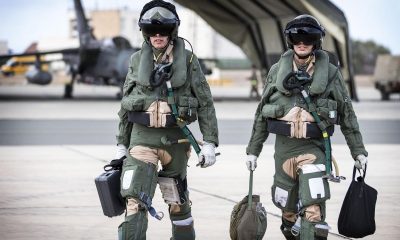
 EAST MEDITERRANEAN2 weeks ago
EAST MEDITERRANEAN2 weeks ago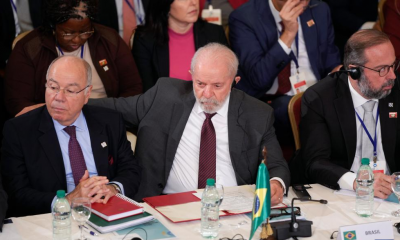
 OPINION4 days ago
OPINION4 days ago
